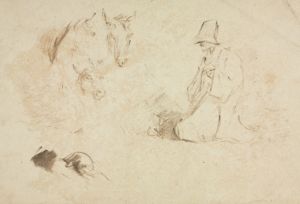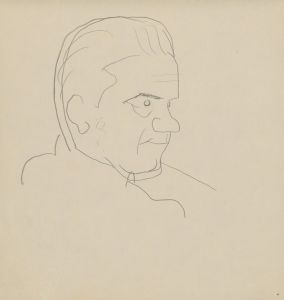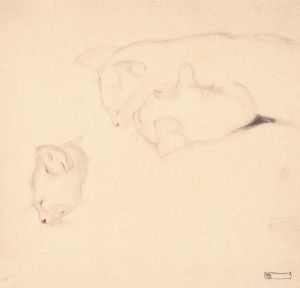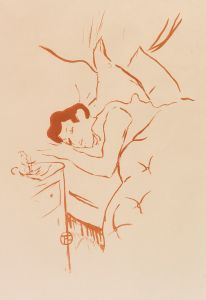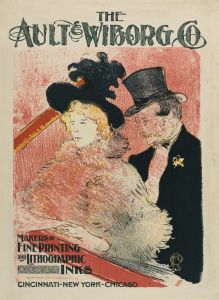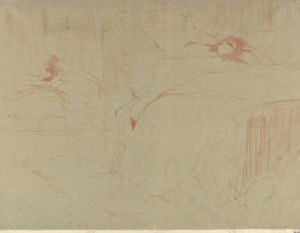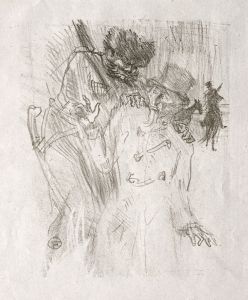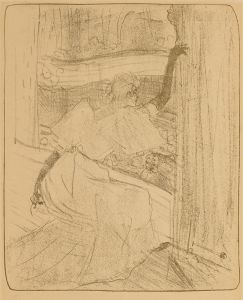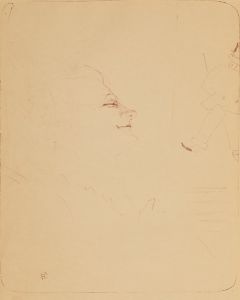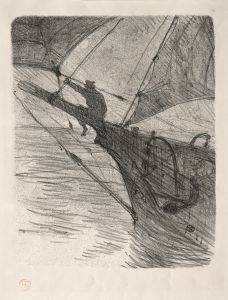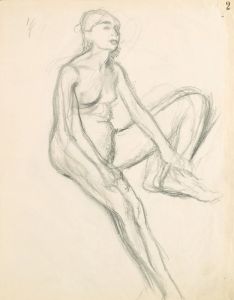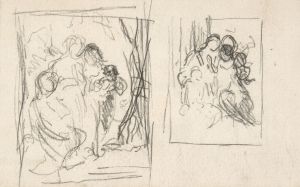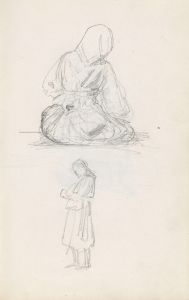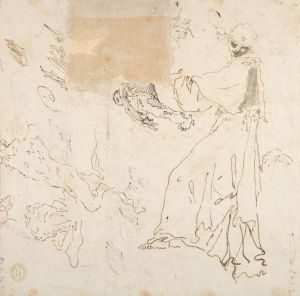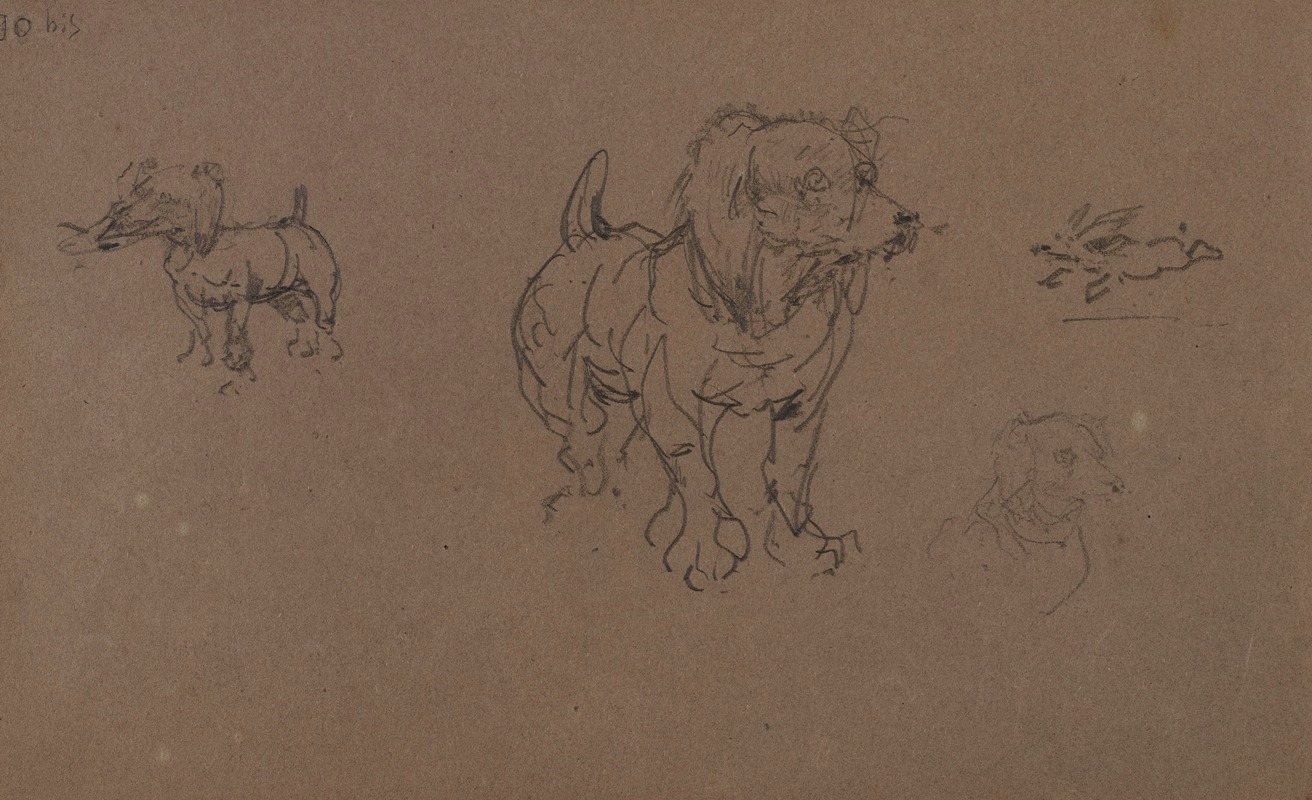
Études de chiens
A hand-painted replica of Henri de Toulouse-Lautrec’s masterpiece Études de chiens, meticulously crafted by professional artists to capture the true essence of the original. Each piece is created with museum-quality canvas and rare mineral pigments, carefully painted by experienced artists with delicate brushstrokes and rich, layered colors to perfectly recreate the texture of the original artwork. Unlike machine-printed reproductions, this hand-painted version brings the painting to life, infused with the artist’s emotions and skill in every stroke. Whether for personal collection or home decoration, it instantly elevates the artistic atmosphere of any space.
Henri de Toulouse-Lautrec, a prominent French painter and illustrator, is renowned for his depictions of Parisian nightlife in the late 19th century. Among his diverse body of work is a lesser-known piece titled "Études de chiens," which translates to "Studies of Dogs." This artwork is a testament to Toulouse-Lautrec's versatility and keen observational skills, which extended beyond his famous portrayals of human subjects to include animals.
"Études de chiens" is a study that showcases Toulouse-Lautrec's interest in capturing the essence and movement of dogs. While specific details about the creation date and the medium used for this particular piece are not extensively documented, it is consistent with his style of quick, expressive sketches that convey a sense of immediacy and life. Toulouse-Lautrec often used materials such as pencil, ink, and watercolor for his studies, which allowed him to work swiftly and capture the dynamic nature of his subjects.
Toulouse-Lautrec's fascination with animals, particularly dogs, can be traced back to his childhood. Growing up in an aristocratic family in the south of France, he was surrounded by animals on the family estate. This early exposure likely influenced his ability to depict animals with such accuracy and empathy. His studies of dogs reveal his understanding of their anatomy and behavior, as well as his ability to convey their personalities through minimalistic yet expressive lines.
The significance of "Études de chiens" lies in its demonstration of Toulouse-Lautrec's broader artistic interests and his ability to find beauty and intrigue in everyday subjects. While he is predominantly celebrated for his vibrant and often provocative scenes of Parisian life, works like "Études de chiens" highlight his capacity to observe and render the subtleties of the natural world. This piece, like many of his studies, would have served as a foundation for more detailed works or as an exercise in honing his skills of observation and depiction.
Toulouse-Lautrec's oeuvre is characterized by its diversity, ranging from posters and paintings to sketches and studies. His work provides a window into the cultural and social dynamics of his time, and his studies of animals add another layer to our understanding of his artistic pursuits. "Études de chiens" is a reminder of the breadth of his interests and his ability to capture the essence of his subjects, whether human or animal.
In summary, "Études de chiens" by Henri de Toulouse-Lautrec is a study that exemplifies the artist's skill in capturing the spirit and movement of dogs. While not as widely recognized as his depictions of Parisian nightlife, this work is an important part of his artistic legacy, showcasing his versatility and deep appreciation for the natural world. Through such studies, Toulouse-Lautrec demonstrated his mastery of line and form, contributing to his reputation as one of the most influential artists of his era.





